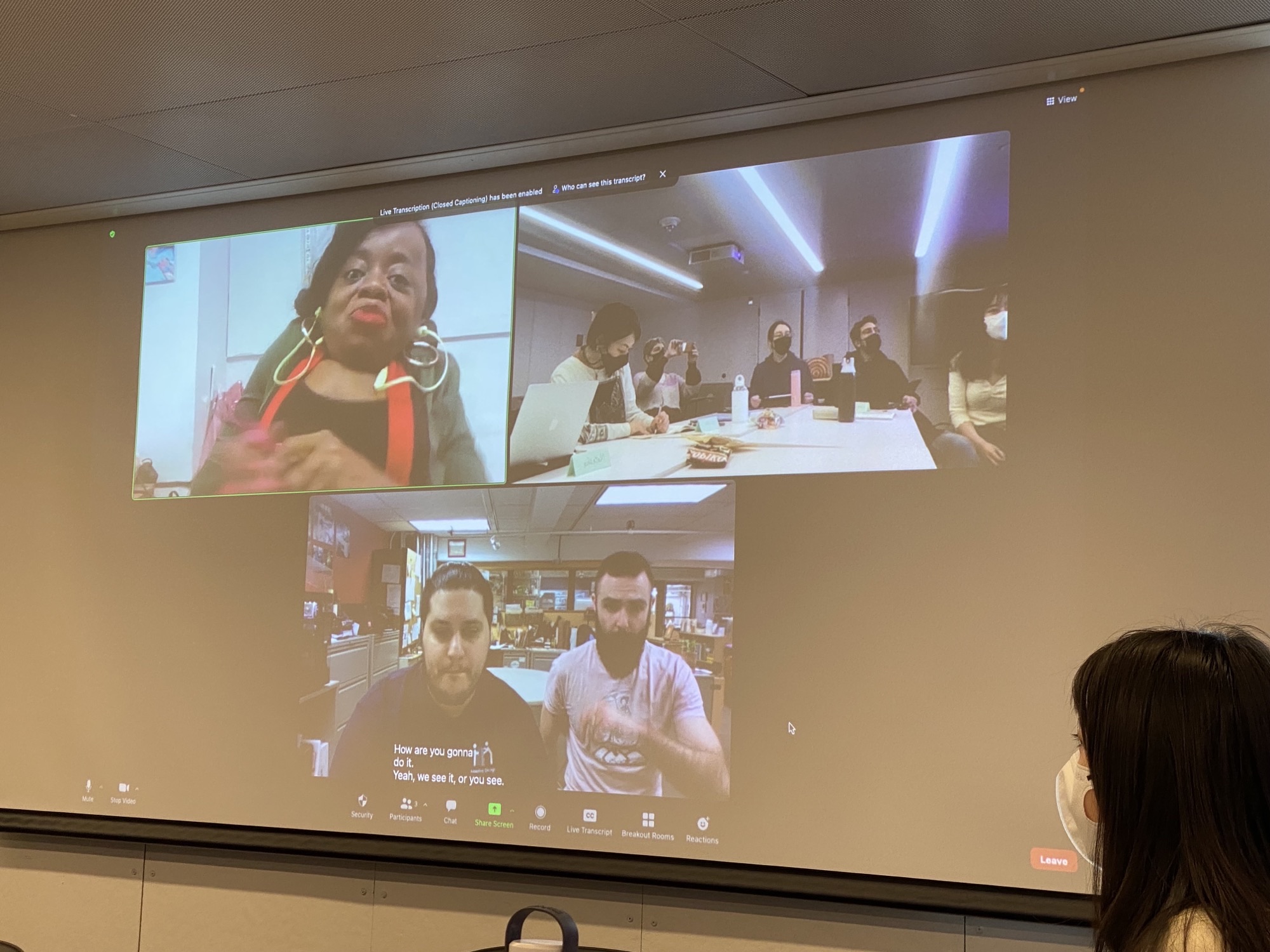We live in a world designed under a highly constrained idea of what is normal. Disability often falls outside of this rigid definition. We are taught to provide help—rather than human rights—for people with disabilities, and rarely realize that the civil rights issue of disability is intrinsically connected to the design of the built world.
Sara Hendren is a polymath who has devoted her career to changing the narrative around disability by upholding the idea that it is not only normal but, in fact, part of the human experience. She is an artist, design researcher, writer, and professor at Olin College of Engineering. Her work has been exhibited around the world and is held in permanent collections at MOMA and the Cooper Hewitt. The author of the highly acclaimed What Can a Body Do? How We Meet the Built World, Hendren is a fellow at the New America think tank, where she’s focused on investigating the future of work for adults with cognitive and developmental disabilities.
This semester, Hendren, a 2013 graduate of the Harvard Graduate School of Design’s Master in Design Studies program, is at the GSD’s Department of Architecture leading the project-based seminar “Investigating Normal: Assistive and Adaptive Design for Interdependent Futures.” Conceived as a deep dive into disability studies, the course seeks to introduce students to design “by, with, and for people with atypical bodies and minds.”
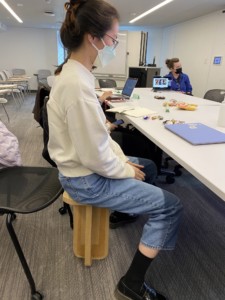
Over the past few years, there has been a growing disability-focused community at the GSD. Erik Larson (MArch I ’24) and Hannah Wong (MArch I ’24), who cofounded the student group design.able in 2020, are glad Hendren’s course is being taught. “When we do talk about accessibility, it’s still often in the context of compliance with ADA regulations. Access and inclusion should be considered a design opportunity rather than just a design constraint,” the students say.
The duo began design.able after realizing there was no student group at the GSD devoted to promoting accessibility or advocating for designers with disabilities. They’ve created social spaces for students with disabilities to share experiences, pushed for Gund Hall to be fully accessible, and hosted numerous events including a workshop on alt text with artists Shannon Finnegan and Bojana Coklyat, and a lecture on inclusive restrooms with architect Joel Sanders.
If disability is somewhere between what’s happening to your body and the inherited state of the built world, where do designers do their best work?
Sara Hendren
In Hendren’s class, students are not only studying assistive and adaptive design in the form of hardware and software, they’re also looking at artworks, performance, and culture that reframes disability as a human and dimensional experience. “If you think differently about someone, you’ll behave differently toward them… I realized at a certain point as the mother of a child with Down syndrome, trained in art—life full of prosthetics—that the best technology in the world would only do so much if people couldn’t think differently about one another,” Hendren says.
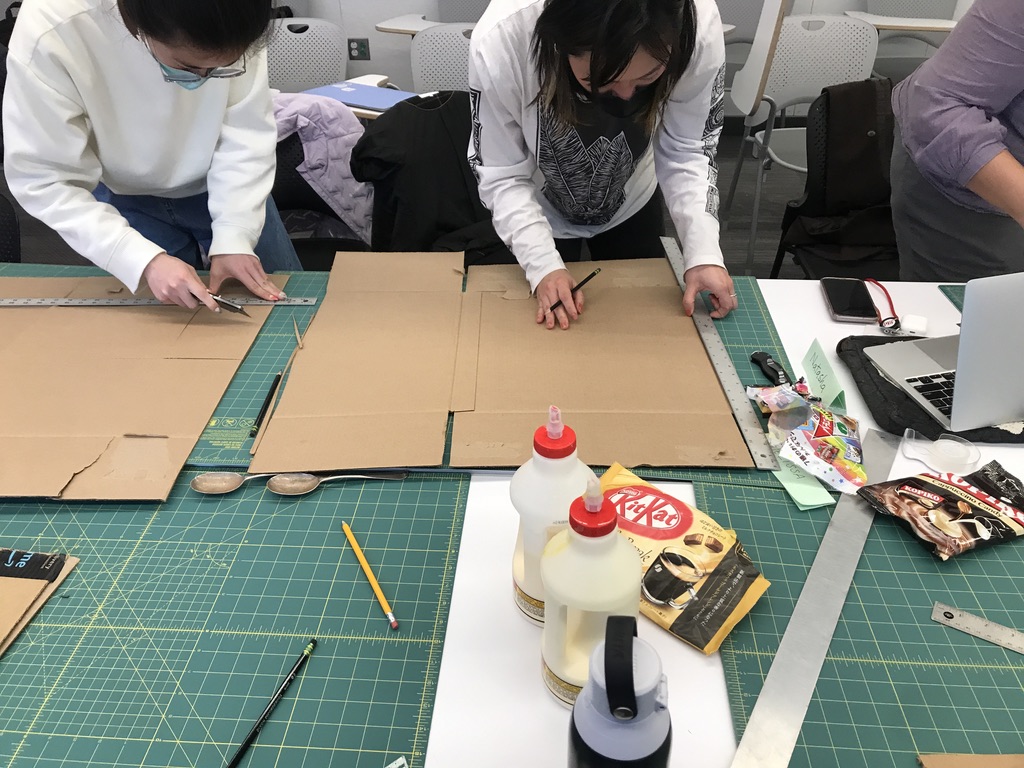
Though she does not negate the reality of medical diagnoses and impairments, Hendren is interested in looking at disability from a novel perspective. “In a social model of disability, you widen the lens a little bit to locate where disability really arises, and that is between this body and this table—with the doorways, the shape of the sidewalk. In other words, does the disability arise because my legs don’t walk, or is the disability because the world is full of stairs instead of ramps?” she explains.
By studying diverse fields such as anthropology, history, and philosophy, reading texts written by disabled thinkers and designers, as well as emphasizing design and culture production, students in Hendren’s class are asking “if disability is somewhere between what’s happening to your body and the inherited state of the built world, where do designers do their best work?” Hendren says.
Though independence is often the goalpost for design around disability, “Investigating Normal: Assistive and Adaptive Design for Interdependent Futures,” is, as its title suggests, a course about moving away from a culture that worships independence toward one that embraces and recognizes the importance of interdependence. Drawing on the example of aging technology, Hendren challenges the idea that maintaining dignity means needing other people as little as possible. “In fact, we know that loneliness, isolation, and depression are a big scourge of aging,” she says. “Those [human] connections are what makes life worth living.”
Hendren encourages her students to interrogate humanity’s resistance to receiving help, a reluctance that she believes becomes apparent in common design concepts such as “assistive technology.” “I use that term too because it’s a term of art. But if you think about the redundancy that’s built into that, there’s something really telling there,” she says. “Why are some technologies called ‘assistive technologies’—for special needs populations, as it were—instead of just ‘technologies’? Because you and I, we are using these laptops and smartphones and also this pen, and all kinds of technologies that are giving us help—that’s what they do,” Hendren explains. She believes that help is part of the human experience, and there is dignity in both giving and receiving it. “Everyone gets help. To give and receive assistance is part of our life, and we might actually design toward it rather than trying to design our way out of it,” she says.
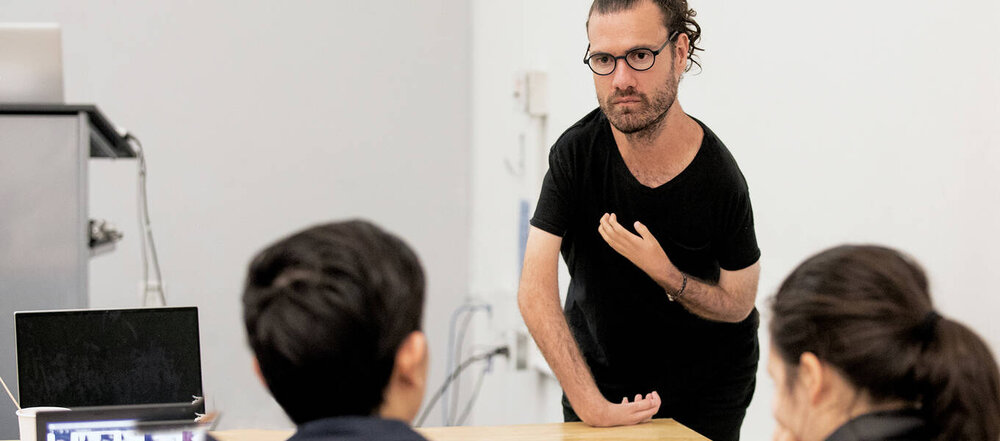
Hendren has lined up many visitors from a wide range of fields and experiences, including Joshua Halstead, designer and lead author on the National Endowment for the Arts–commissioned report Disability Design: Summary Report from a Field Scan; violinist and activist Julia LaGrand; and Kate Thurman from the Cambridge Commission for Persons with Disabilities.
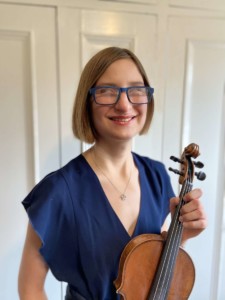
The seminar is especially focused on designing with and not just for people with atypical bodies and minds. Thurman, who is set to visit the class this spring, referenced the importance of this approach: “While designing for people with disabilities is covered in many design curricula, designing with disabled people is far too often overlooked. Sara Hendren’s course is a refreshing—and much-needed—departure from perpetuating ableism in design. By focusing the lens on the lived experience of people with disabilities, it becomes clear that the built environment and societal construct of “normal,” which is based on assumptions and systematic oppression, create many barriers faced by disabled folks. Hendren offers the opportunity for students to harness the power of innovation by building inclusion into the design process from the get-go.”
Indeed, Hendren insists that truly designing with disabled people entails having a rounded picture of them as human beings. “The fact is, if you don’t know a lot of disabled people, then it’s likely you’re thinking: ‘that must be hard.’ And there are hard things about it. But if you meet and work with [disabled] people, you see that the condition of disability is also deeply adaptive. Like all people, disabled people experience the world with humor and heartbreak, with a mix of joys and sorrows. Disabled people are also doing the most creative work I know, making and remaking the world in more accessible ways. But an accessible future requires all of us. When our questions about access start with creativity and urgency in equal measure, we can do really good design work,” Hendren says.
